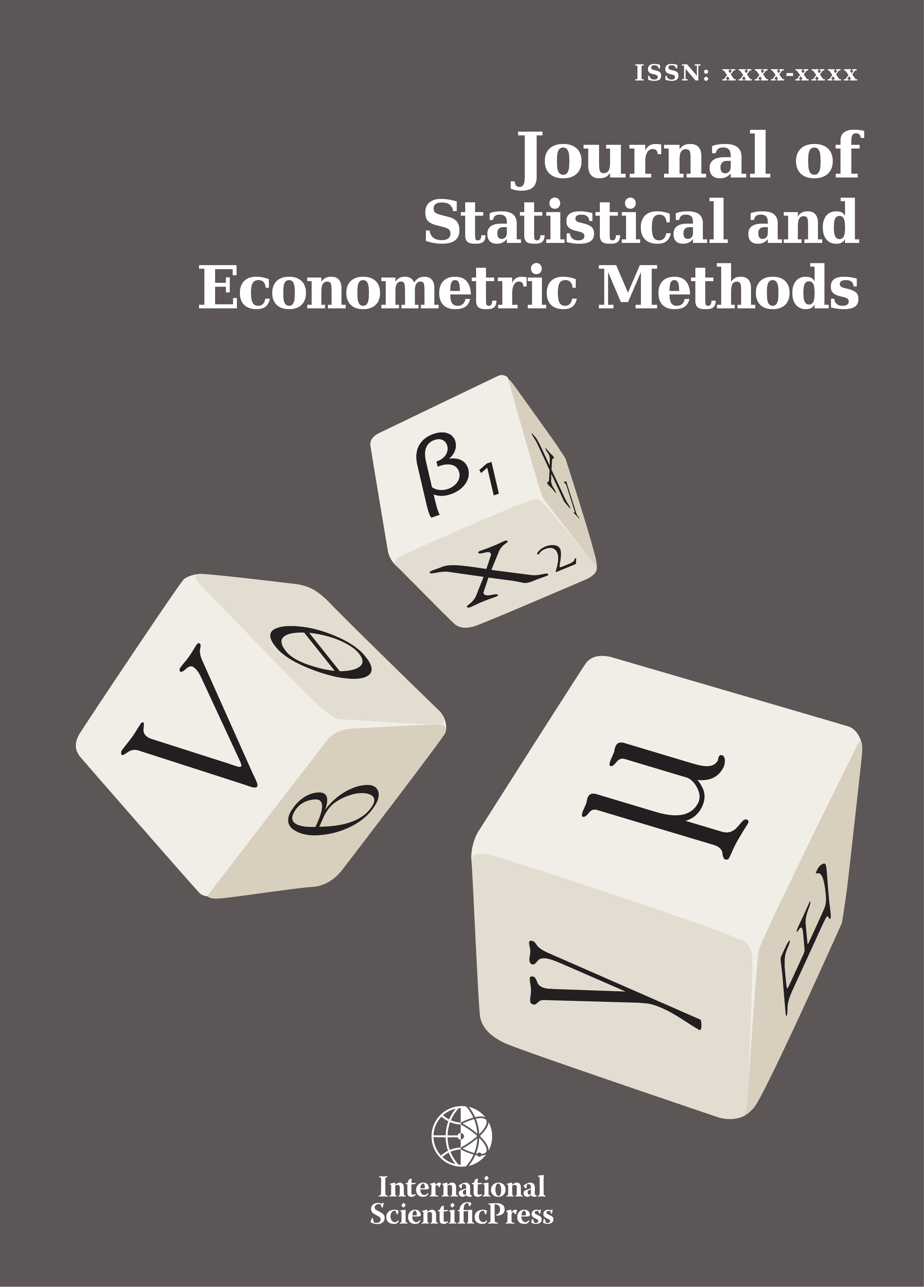Journal of Statistical and Econometric Methods
Empirical Investigation of MGarch Models
-
 [ Download ]
[ Download ]
- Times downloaded: 10948
Abstract
Volatility is a key parameter use in many financial applications, from derivatives valuation to asset management and risk management. Volatility measures the size of the errors made in modelling returns and other financial variables. It was discovered that, for vast classes of models, the average size of volatility is not constant but changes with time and is predictable. With the growth in the requirements of the risk management industry and the complexity of instruments that are used in finance, there has been a signicant growth in the forms of multivariate GARCH models. Multivariate ARCH/GARCH models and dynamic factor models, eventually in a Bayesian framework are the basic tools used to forecast correlations and covariances. For instance, time varying correlations are often estimated with Multivariate Garch models that are linear in squares and cross products of the data. A new class of multivariate models called dynamic conditional correlation (DCC) models proposed have the flexibility of univariate GARCH models coupled with parsimonious parametric models for the correlations. They are not linear but can often be estimated very simply with univariate or two step methods based on the likelihood function.In my paper, the general theoretical framework of GARCH models is presented in estimating the volatility in time series financial econometrics as well as i have investigated the empirical applications of the both models with respect to estimation implications. The two models which were investigated with R package are Engle‟s DCC MGarch and MGarch BEKK.
